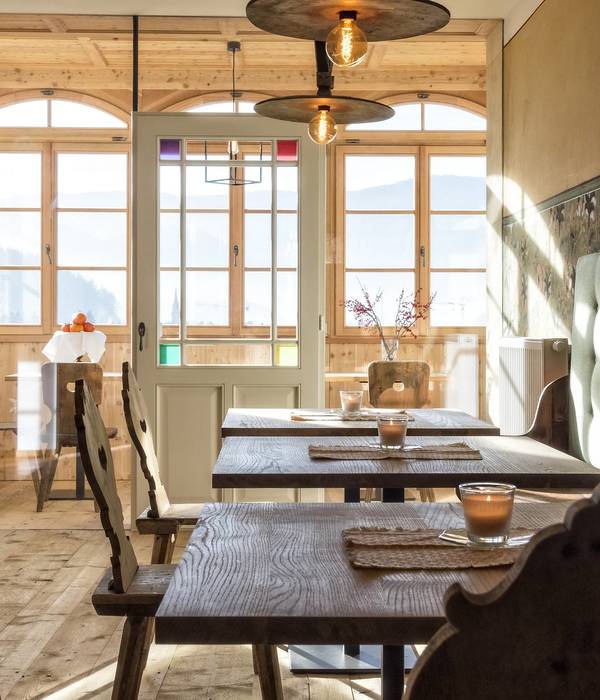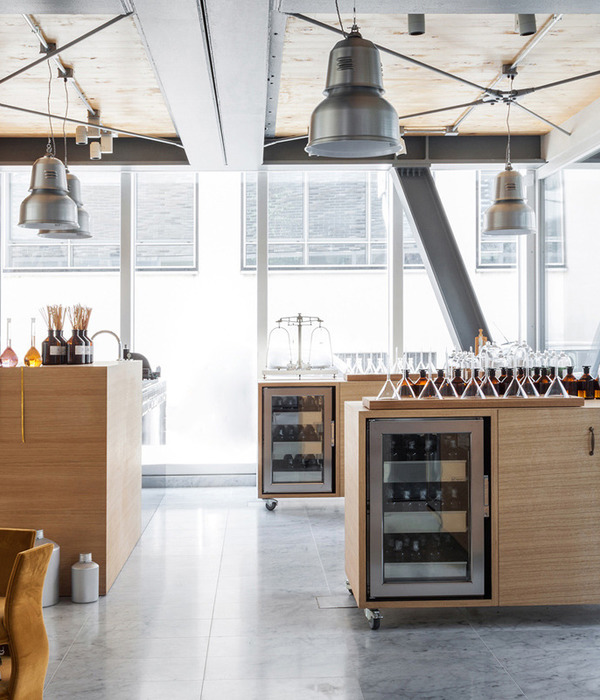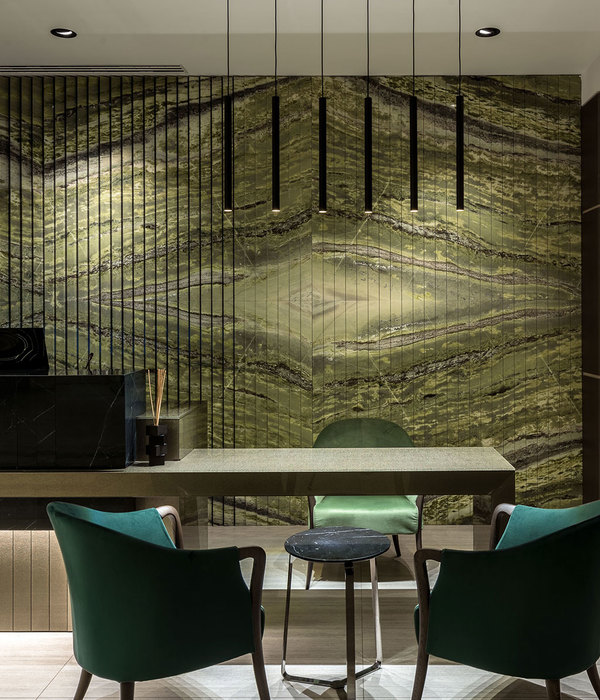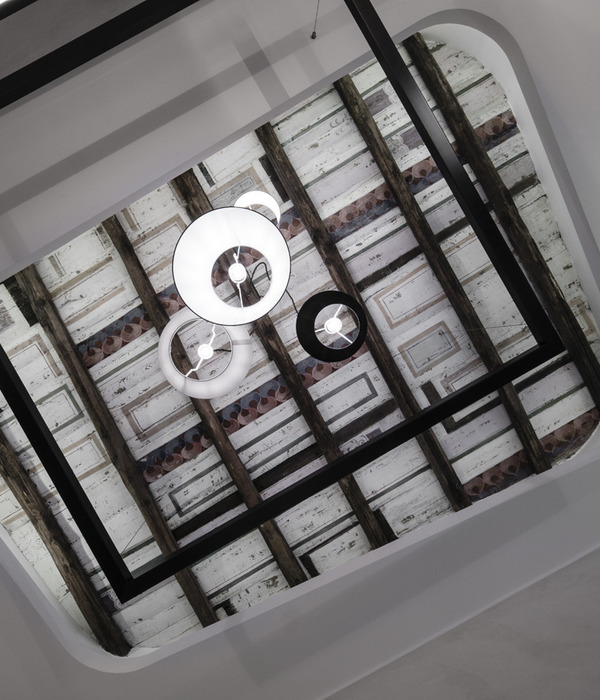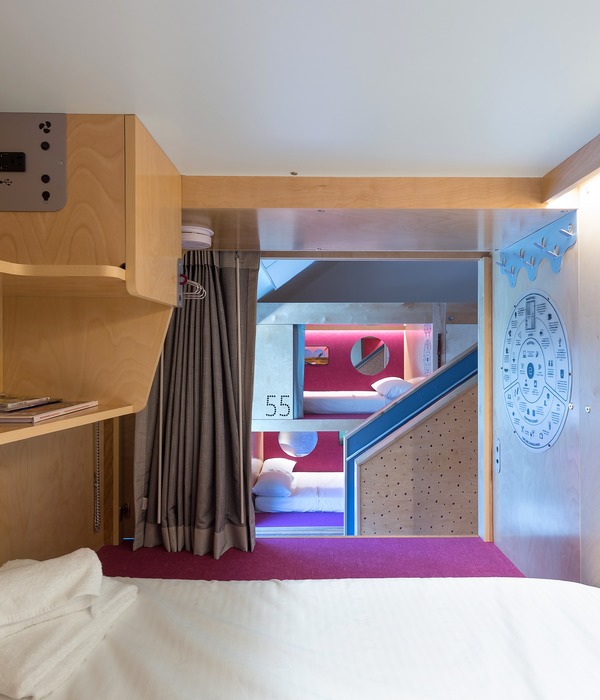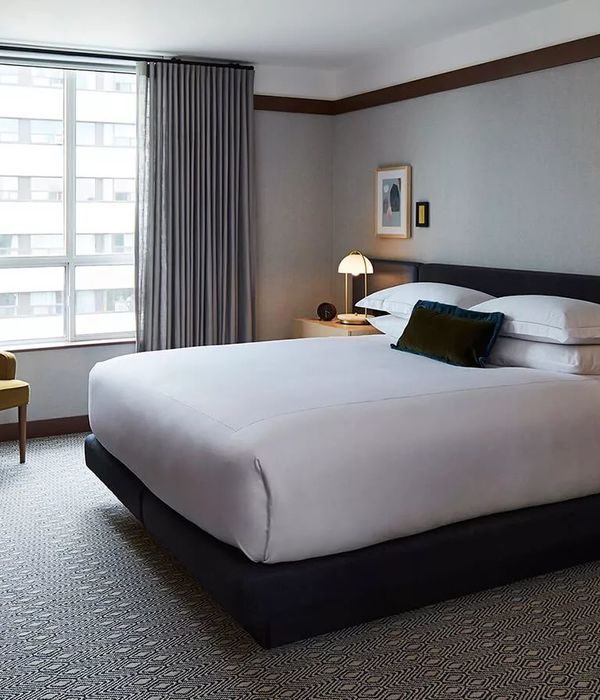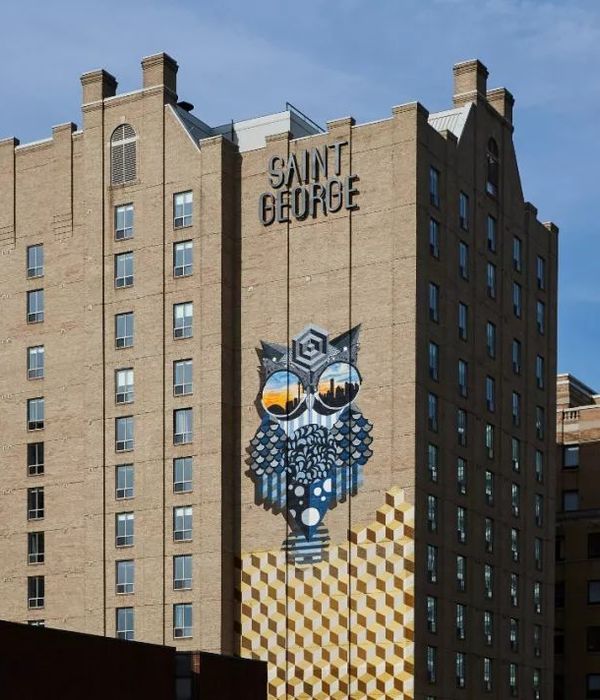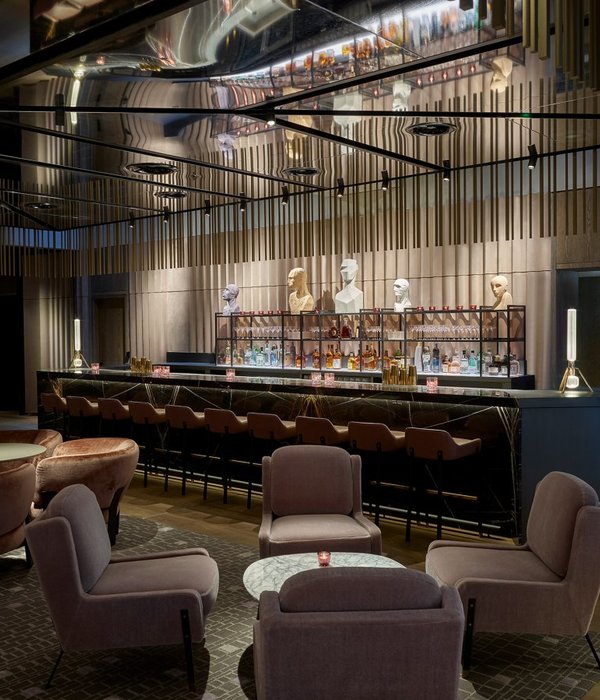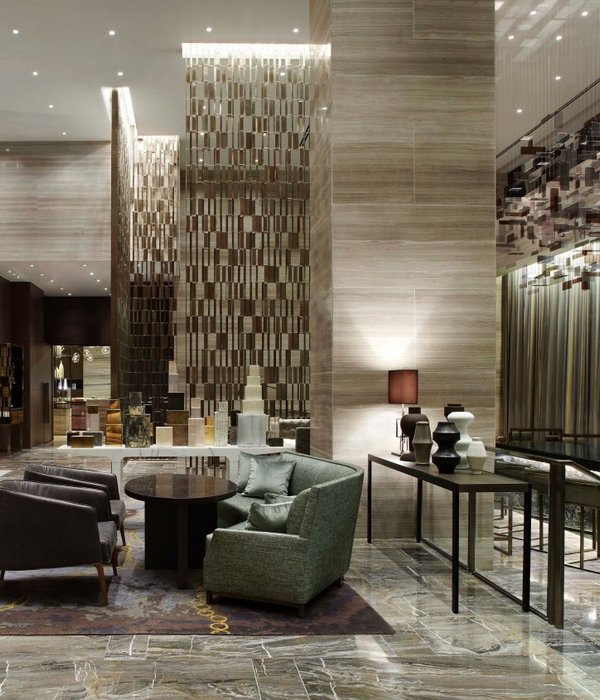Hotels have developed their common spaces by opening their lobbies to include, for example, bars, cafeterias, and coworking spaces. Hotel rooms have instead evolved much less; they remain a shrine to decoration surrounding an immovable bed. But isn’t this a good time to transform them, to adapt them to our domestic state in a world where flows are only increasing?
Hotels are potential laboratories for the flexible, the hybrid, and the possible. As mounting environmental challenges require us to save resources, a hotel room has the potential to become a key component of a more sustainable model. We can achieve zero carbon by maximizing our use of everything that the industry has to offer in terms of environmental sustainability. Hotels, situated at the center of many flows and intersections, can thus also become key members of a circular economy.
This is what led our research to develop a ‘capable space’, one that expresses desire and usefulness. You can come here to work, to meet, to welcome people, or to sleep. You inhabit it in time, either provisionally to discover a city, of for longer when such a space becomes an extension of your own home. This is not a room, either space to be assembled. Starting with the thickness of its walls, you define its functions; it’s a veritable toolbox for its temporary inhabitants. Its walls, made of wood and covered in natural fibers, block out all sound and reveal and conceal functions and components on demand, from beds to closets, tables, chairs, showers, and toilets. Designed to be modular, this living space can be assembled quickly and is easily maintained and cleaned.
The room has a surface area of 24sqm and lacks any superfluous decoration; space’s design is the decoration. The window opens wide onto the city, and the lighting is integrated into the wall. Envisioned in the spirit of reuse, the room gives new life to the materials that form it: the pink-colored shower flooring comes from transformed sands, the bathroom tile is made of random patters was created with a variety of salvaged material, plates are made from mussel shells, bedding is made from recycled linens. It feels good to be in this decarbonized space, your bare feet touching the raw earth floor.
Traveling to the other end of the world becomes an intimate experience, being at home in an elsewhere that opens our imagination to a world of possibilities in terms of habitat, recreation, and work.
{{item.text_origin}}

